
The multilevel activity of our Association has once more led us abroad and this time to Turkey. After the kind invitation of the Traditional Archery Institute "TALIMHANE", our member Mr. Spyros Bakas attended one of their training sessions.
The Traditional Archery Institute "TALIMHANE" located on Uskundar suburb of Constantinople is successfully active in many Turkish cities aiming to promote and develop Archery Tradition. Having over 100 active archers the TALIMHANE team works methodically and diligently and has been recognized internationally as one of the most dynamic archery groups in Europe. Except the traditional archery practice, the group has recently become active in the Experimental Archaeology sector with participation in Archaeological Conferences and publishing Studies.

From 2012 TALIMHANE successfully organizes the fair Necmettin OKYAY that aims to become one of the most popular Archery fairs in Europe. Last time was very popular with the neighboring country’s mass media.
Leader of the TALIMHANE group is Mr. Adnan Mehel, who is a leading figure in the revival of Archery Tradition in the neighboring country. Mr. Mehel has taken part in lectures and conferences on the subjects of Archery and Archaeology. He has given many interviews in the Turkish radio and television and co-operates with film producers to accurately portray historical archery.

The training session, took place on January 9th 2013, at the TALIMHANE training ground, the Municipal Gym of the City of Uskundar (Scutari) in Constantinople. We had the great pleasure through an introductory lesson and with the use of traditional Turkish Bow, to train in the art of archery shooting with the use of thumb rings, with arguably some of the best instructors in Turkey. Though this is a purely Asian art, totally different from the classical Mediterranean art of releasing the chord without aids. We were impressed with "thumb ring method" and we saw some of the undeniable advantages for the skilled archer:
a) The ability to control the arrow and not leaving the archer's forearm, thus allowing steady shooting even when arrows are shot from difficult angle.
b) The ability to make more stable and automated shots, compared to the Mediterranean way of shooting
c) The ability to make more "instinctive" shots, since the arrow is placed from the right side of the bow, thus hiding the arrow-point from the archer’s filed of view, leaving a wide margin on human instinct in order to take a shot.
The Association of Historical Studies KORYVANTES, thanked Mr. Adnan Mehel, Archers and friends from the neighboring country for their hospitality and cooperation, and we renewed our appointment in the near future for cooperation both in the fields of Traditional Archery and Experimental Archaeology.
The KORYVANTES Historical Society will continue with faith and dedication to proudly represent the Greek Tradition and History abroad.






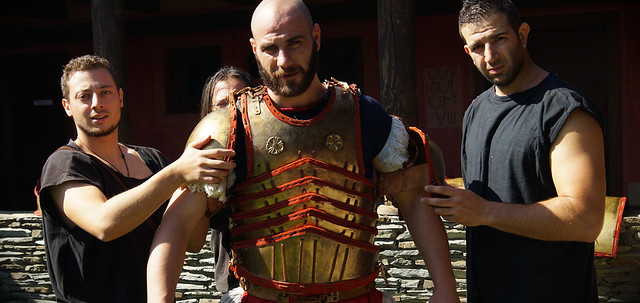
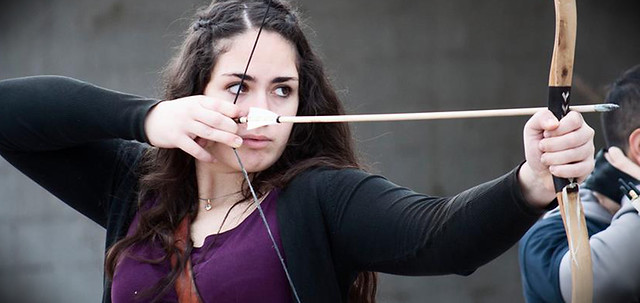
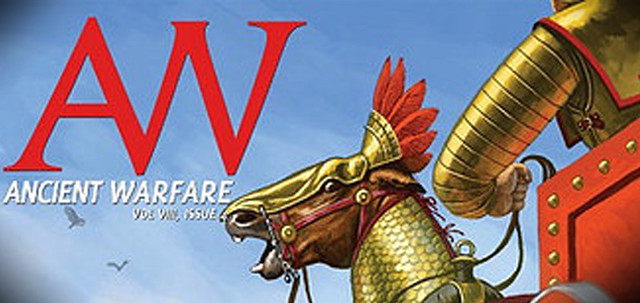

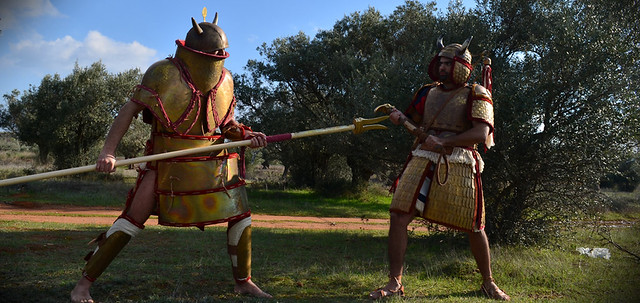

















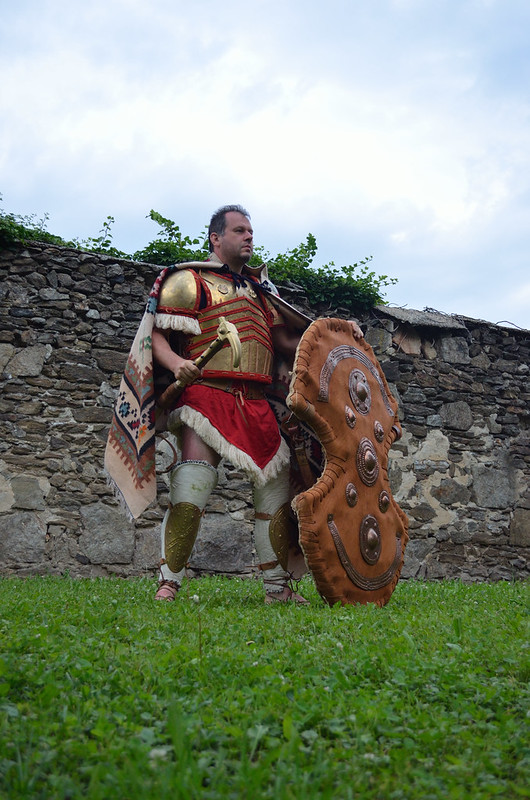






.JPG)
.JPG)



